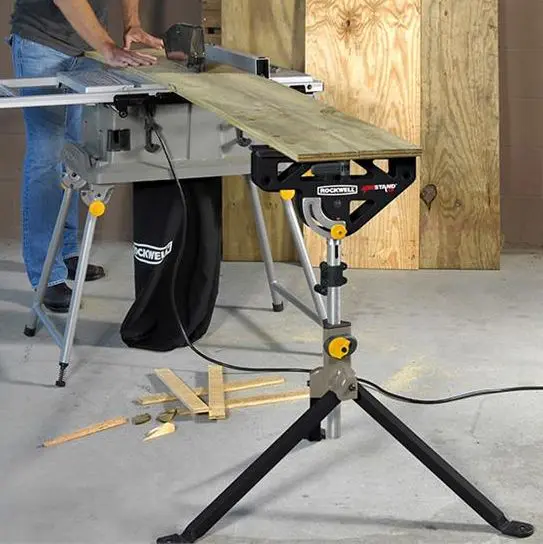Home renovations are typically met with excitement and anticipation. The demolition required for most renovations is arguably the best part, offering us a chance to hammer and hack our cares away. But if done improperly or rushed, demolition can easily end with a visit to the emergency room. Not only can you inadvertently damage yourself and your helpers, but you may also cause some expensive damage to your home. Going into demolition knowing that it needs to be thoroughly planned and taken seriously will help save you from a demo disaster. Take note of the following demolition safety tips before beginning any DIY project.
Keep Your Trash And Clutter Under Control
Trash and debris can quickly derail even the most well-planned demolition projects. Frequent trips to the dump will speedily exhaust your most dedicated helper, and yourself. Having some sort of plan for the removal of your trash is a crucial step that should be planned beforehand or else your cabinets will soon become a dumping zone.
To prevent trash buildup from getting overwhelming and discouraging, use a roll-off dumpster service to increase the efficiency of your project. Having a dumpster on hand makes trash a simple problem, as all you need to do is chuck it in the dumpster and get right back to your project. The dumpster rental company will do the rest by hauling it off whenever the dumpster is full.
Have The Right Gear On Hand
Little slows a demolition project down more than repetitive trips to the hardware store. This gets old fast. Go into your project with all of the tools you think you’ll need, and then some. Make sure you have a hammer, some sort of crowbar, and a sledgehammer if your project requires one. Taking a bit of time to collect and organize your tools beforehand will help the entire process run smoother and reduce stress. Some other standard gear items to have on hand are:
- Gloves, to save your skin from blisters and irritation.
- Goggles, for when dust and debris fly.
- Respiratory mask, to keep dust and small debris out of your lungs.
- Kneepads. Your knees and back will thank you.
- Hard hat, to mitigate concussion and injury risks.
Shut Off Electricity And Water Where Needed
The first step you’ll need to take before touching a hammer is turning off your water softener and electricity. You’ll only need to stop it from reaching the room or area you’re planning on demo-ing. You don’t want to chance hacking into a live wire or a water pipe, potentially causing extensive damage. Flip a few switches before you start swinging to save yourself the headache.
Seal And Clean The Room
The room or area you plan on demolishing will obviously get quite dirty. There will be dust and debris floating around, moving with the air to places all over your house. Forced air HVAC systems do an especially thorough job of spreading that dust. Make sure you’ve sealed all vents in the room and the doors of the room. The doors will need to be taped off, as the small gaps around the door will ferry out more dust than you’d expect.
Dress Appropriately
Demolition isn’t the time to be wearing shorts and a tank top. These clothes can understandably be tempting, especially during the summer months. However, exposed skin invites the risk of cuts and scrapes, as well as the potential for irritation caused by insulation and other materials. You’ll also stay cleaner by wearing a long-sleeve and pants. On your feet, opt for shoes with thick soles to save you from the sharp end of a nail. Boots will be your best option, as you’ll get some ankle coverage too.
Plan Your Attack
Before dust flies, make sure you know exactly what you plan to accomplish and how. If you’re hoping to get rid of a wall, figure out what’s behind that wall before knocking it down. There may be pipes, wires, and other support structures that could be dangerous to whack with a sledgehammer–even with water and electricity turned off. You can cut a small hole in the drywall to take a peek at the wall’s contents. Always tread cautiously, even if you don’t find anything in your initial search.
You’ll also want to determine how much help you’ll need for your demolition project. Ending up shorthanded will end poorly when you need help lifting and balancing.

